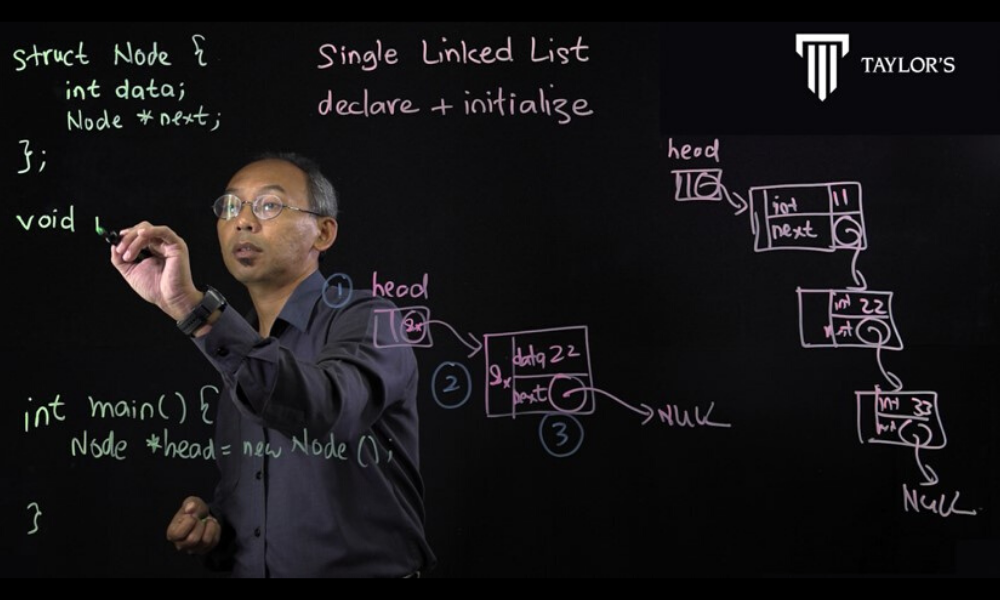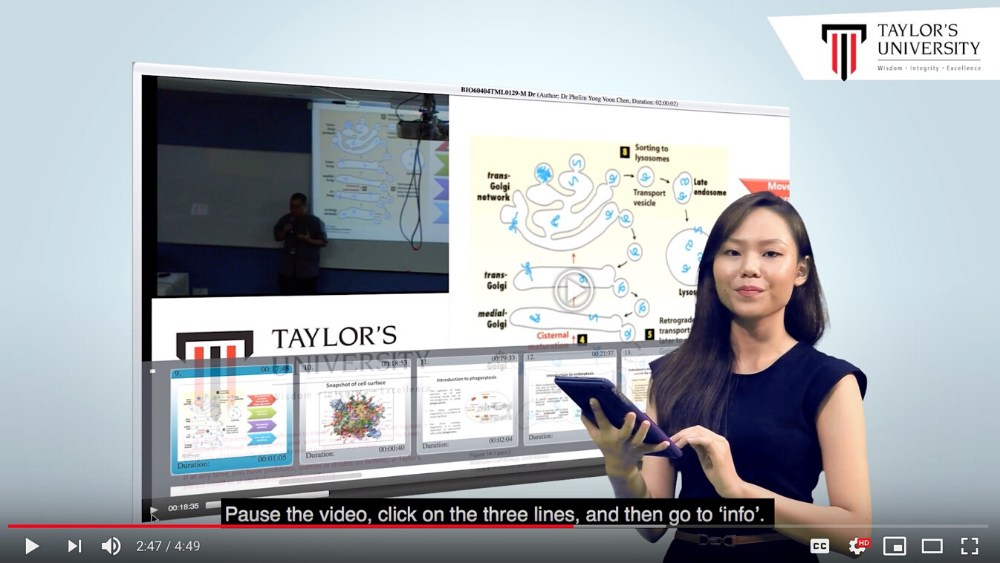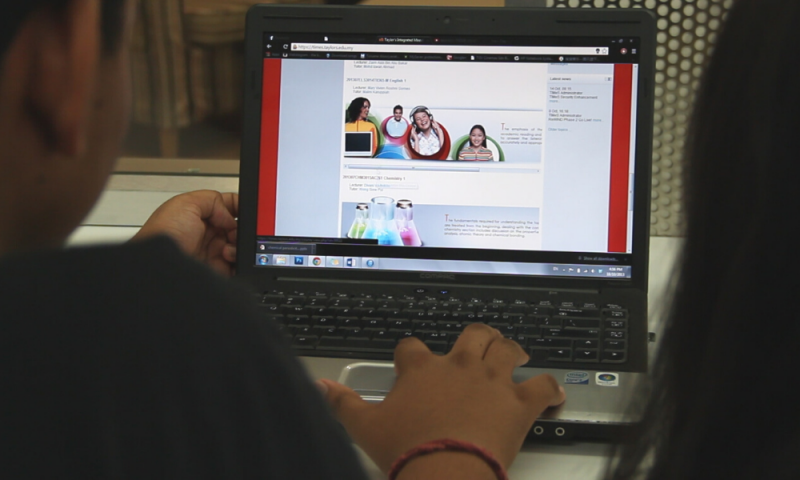Reimagining post-pandemic education
Education as we know it has hit fast forward in the digital arena over the last couple of months. COVID-19 has resulted in a simultaneous lockdown where over 1.2 billion students are now out of schools. However, in an increasingly digital age where information and vast reserves of knowledge are merely a Google search away, this global pandemic may be changing education for the better.
Recent research shows that there is a higher retention rate of information from online learning. Considering that online learning is also less time consuming and seamless, this pandemic may very well be the nudging disruption required to bootstrap the education sector into its next reformation.
Like with enterprises, this big move by education is going to accelerate changes that were already in motion. Learning from the SARS pandemic of 2003, Taylor’s University had invested 50 million into its Virtual Learning Environment; a facility also utilised during Malaysia’s haze waves and during any campus closures. This foresight has certainly paid off in equipping Taylor’s University to take the next step.

Virtual Learning Environment (VLE)
With this award-winning easy-to-use facility, Taylor’s provides each course with their own virtual course site that will feature the likes of e-assessments, e-tutorings, e-submissions and e-forums. At the same time, students will also be able to connect with lecturers and collaborate with peers - taking the wheel on their own learning curves!
“The current generation of students value instant gratification”, noted Dr Pradeep Nair, the Deputy Vice Chancellor and Chief Academic Officer of Taylor’s University. That is why progress made online will not only be tracked by a ‘progress bar’, but will also award virtual badges to students that may be shared to social media pages upon completion of all activities. If video games can motivate its players in a similar fashion, certainly universities can too!

ReWIND
The mind works in mysterious ways. With the ReWIND programme, students will be able to take charge of their learning through self-direct personalisations anytime, anywhere. As a new method of delivering module content beyond the limits of class, students will be able to access these modules on the go; fast forward, rewind or skip to their desired segments.
As they say, “practice makes perfect”. With the ReWIND feature, students can revisit their course content as many times as they like and learn at their own pace!
Lightboard Video Technology
Pioneered in 2019, Taylor’s utilises this technology for DIY lectures recordings. As part of the initiative under the Taylor’s Curriculum Framework (TCF) “Teach less, Learn More”, the Lightboard is known as the “learning glass”; a clear whiteboard that enables lecturers to face “toward” students when explaining concept, diagram, model, process etc.
When using Lightboard, the lecturers write on the glass that is brightly illuminated to lend focus to the text, hence the apt name. In comparison to typical video lectures, Lightboard has an edge in that the text or sketches are in real time; reducing the hassles of post-production editing and improving overall video production efficiency and scalability.
Here’s how the new virtual learning scheme ties in with Taylor’s key strategies to adapt with the times;-
1. On-Demand Learning
“Social distancing” may be a practice that will outlive its initial expectancy, but in a world that can be reached by mere fingertips, education made available by technology is all the more relevant.
Taylor’s is well equipped in this respect, having heavily invested in its ICT Infrastructure, the best and most suitable facilities and online platforms have been identified and are currently being used to ensure sustainable and seamless on-demand learning. With course material developed and maintained online, the over dependency on physical staff and students will be reduced and will pave the way for lifelong learning.
2. Need-To-Know Content Reforms
Gone are the days of knowledge buffets and the need to be taught everything. Acknowledging that information is easily accessible from a multitude of resources, Taylor’s is working to restructure its syllabuses ensuring effective learning; dividing and prioritising knowledge into subcategories of “must know”, “should know” and “nice to know” when it comes to content selection.
Through consistent practice of content prioritisation, Taylor’s hopes to foster an environment in the classroom in which students may actively partake in discussions of critical thinking and collaboration with both peers and mentors.
Many students and parents alike are understandably anxious about the fate of their education amidst this pandemic. However, with careful steps and implementation, we too can rise above it. As Deputy Vice Chancellor Professor Pradeep Nair believes, there is yet a silver lining to this, as online learning is “the perfect opportunity for students to build their collaborative, independent and self-learning abilities, which are key skills of the future”.
Secure the future today and visit https://university.taylors.edu.my/en.html for more information!
RM12.50 / month
- Unlimited access to award-winning journalism
- Comment and share your opinions on all our articles
- Gift interesting stories to your friends
- Tax deductable
